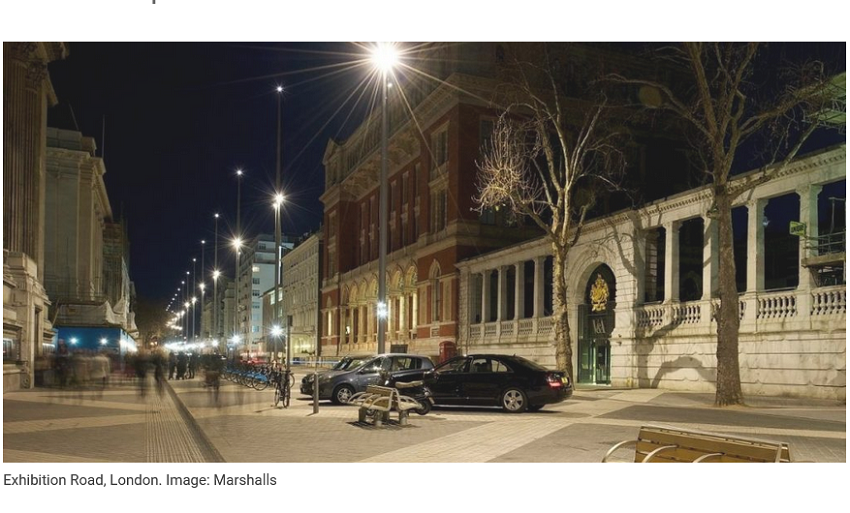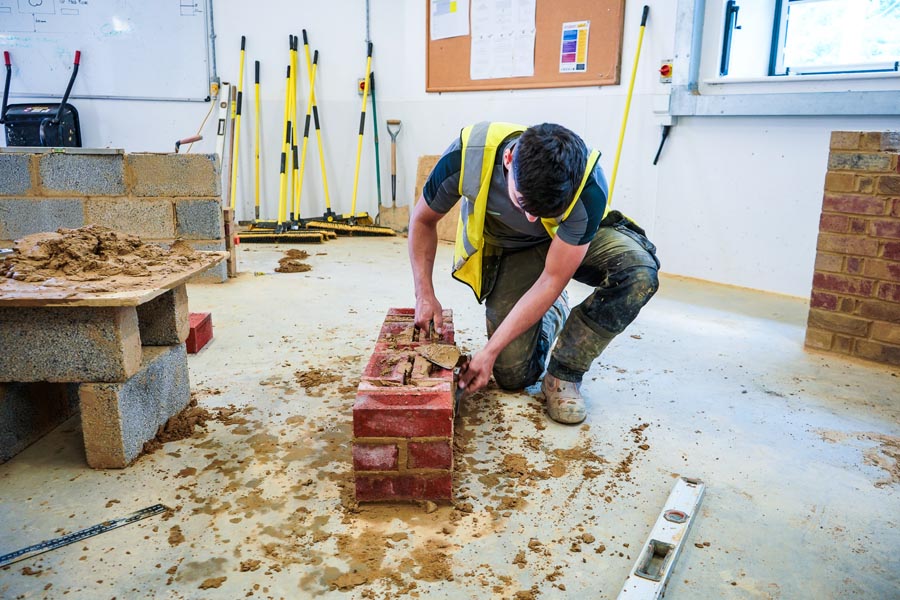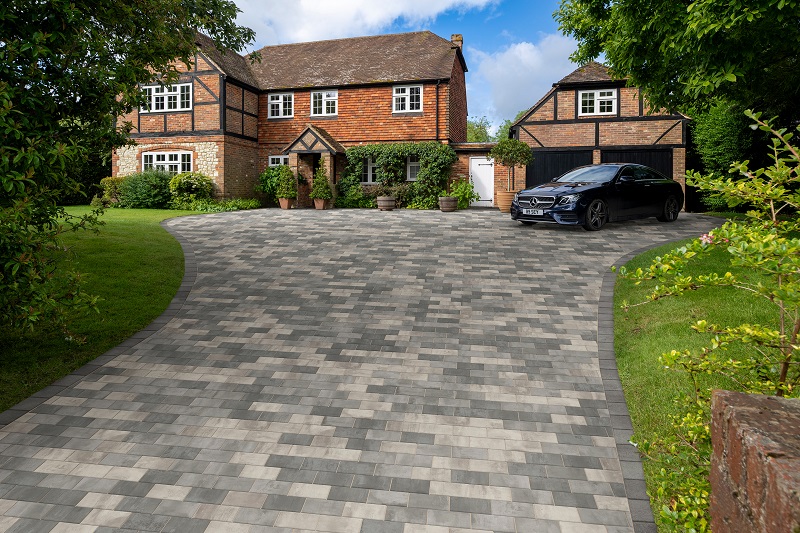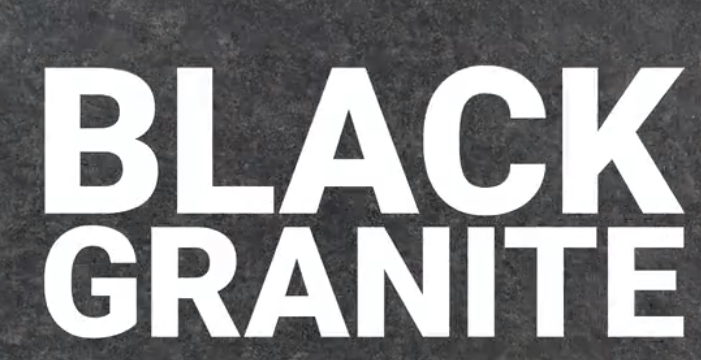A new white paper from Marshalls, produced in partnership with the Landscape Institute, provides evidence-led guidance for landscape architects, local authorities, and developers to support the creation of safer spaces.
Access to quality outdoor and green space is a key factor in human health and wellbeing – but just as vital is safety, and perceptions of safety, within these places.
The new white paper outlines key design principles for creating public spaces that are safe during both daylight and darkness.

Informed by recent research conducted by Marshalls, Creating Safer Spaces aims to improve people’s experience of and interaction with the public realm. Through their research, Marshalls discovered that:
- 77% of people feel more unsafe in public spaces when it’s dark. One average, they are 12 times more likely to avoid public spaces at night than during the day.
- People consider parks and gardens the least safe spaces when it’s dark. 80% of people avoid these spaces at night, compared to just 2% during the day.
- People feel most at risk on nights out. Other activities that people feel unsafe doing include waiting for public transport, exercising outdoors, walking dogs, and commuting.
- Most people change their behaviour to improve feelings of safety when out in public, including by taking a longer, busier and/or better-lit route; crossing the street to avoid others; and carrying personal alarms.
Examining the reasons for these perceptions, the white paper asks whether current interventions are doing enough to ensure that people both feel safe and are safe when out in public; whether we are designing public realm projects with both day and night in mind; and how we can balance biodiversity with safety, creating spaces that are friendly to both humans and wildlife.
‘Making spaces safe isn’t just about improving lighting,’ said Sue Morgan, LI Chief Executive. ‘It’s about creating open, accessible spaces where people feel seen. It’s about making spaces beautiful and welcoming, thus attracting more users, and fostering a sense of civic pride. This requires a holistic, innovative approach to how we plan and create spaces. The issue of public safety is a multifaceted one that requires multifaceted solutions, creating a lasting change in behaviour and understanding across all of society. We need support from governments and local authorities for pioneering thinking and practice.’
Drawing on multiple fields, from vision and wayfinding to acoustics and technology, the paper suggests seven best practice design principles for landscape designers, planners, and local authorities.
‘Simple design choices – such as the height of a hedge or the use of textured materials, for example – can have a big impact on whether people feel and are safe in our shared spaces,’ said Johanna Elvidge, Head of Design at Marshalls. ‘At present, when planning schemes, we often overlook principles such as designing wayfinding and acoustics for when it’s dark. By considering safety during the feasibility and concept stages, the principles of “designing for dark” can be seamlessly integrated and even enhance other key principles, including biodiversity and accessibility, with compelling consequences.’
As well as individual perceptions of safety, Creating Safer Spaces examines the wider benefits of designing public spaces with round-the-clock safety in mind. These include improved mental and physical health, climate adaptation, and economic growth.
Johanna explains: ‘If people don’t feel safe in public spaces when it’s dark then it can limit their opportunities in life… Not only does this impact them as an individual, but it has knock-on consequences for their local communities, society, the economy, and the environment.
‘By creating spaces that feel safer, more people start to venture out in public, which encourages more still to join them. In turn, people have more opportunities open to them and will be more inclined to ditch cars or public transport, leading to a reduction in carbon emissions, for example. There’s also a huge potential impact to the UK’s night-time industries and London’s strive for a “24-hour economy” that could be worth nearly £48 billion by the end of this decade. ‘
Sue concluded: ‘The Landscape Institute is delighted to support this new white paper, which we hope will stimulate much-needed debate, and ultimately change, to make our public spaces safer for all.’
To access the full Creating Safer Spaces white paper, visit marshalls.co.uk/saferspaces.











